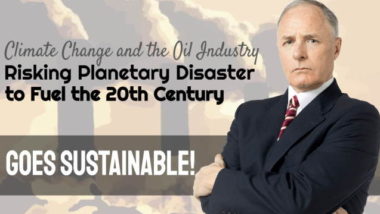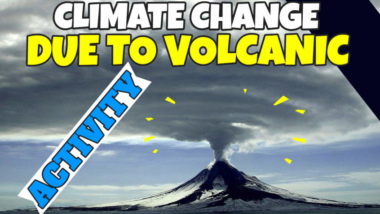The Regional Glacial Lake Outburst Flood (GLOF) Risk Reduction Project in the Himalayas, was a project which was jointly funded by the European Commission Humanitarian Aid department (ECHO) and the United Nations Development Programme (UNDP) Bureau for Crisis Prevention and Recovery (BCPR).
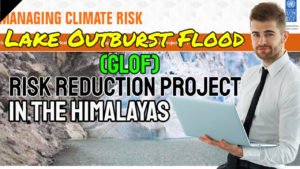 It was originally reported in a series of pages in the predecessor website to ours, and as we have discovered that many people are still keen to find out about that project, we have added a synopsis of the main details of that project here.
It was originally reported in a series of pages in the predecessor website to ours, and as we have discovered that many people are still keen to find out about that project, we have added a synopsis of the main details of that project here.
Parts of this site are still available on the Web Archive (Wayback Machine) here.
Regional Glacial Lake Outburst Flood (GLOF) Risk Reduction Project
The Regional project was based in four countries in the Hindu-Kush-Himalayas, geographically dispersed across the HKH range as follows:
- Bhutan in the eastern Himalayas
- Nepal in the Central Himalayas
- Himachal Pradesh, India in the western Himalayas
- Northern Areas of Pakistan at the northern junction of the Hindu Kush and Himalayas ranges.
What are GLOFs?
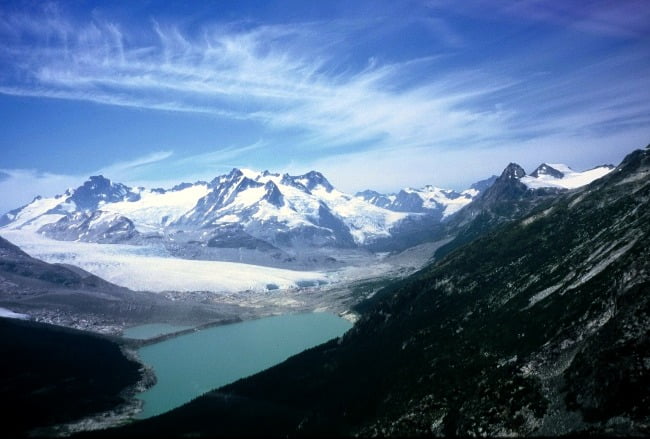
A glacial lake outburst flood (GLOF) is a type of outburst flood occurring when water dammed by a glacier or a moraine is released.
A water body that is dammed by the front of a glacier is called a marginal lake, and a water body that is capped by the glacier is called a sub-glacial lake. When a marginal lake bursts, it may also be called a marginal lake drainage. When a sub-glacial lake bursts, it may be called a jökulhlaup.
A jökulhlaup is thus a sub-glacial outburst flood. Jökulhlaup is an Icelandic term that has been adopted into the English language, originally referring only to glacial outburst floods from Vatnajökull, which are triggered by volcanic eruptions, but now is accepted to describe any abrupt and large release of sub-glacial water. via Wikipedia.
The following pages of the original Regional Glacial Lake Outburst Flood website sections are longer available:
- GLOF Risk in HKH
- Regional GLOF Risk Reduction Project- See below
- Overview of the Project – See below
- Project Outcomes – See below
- Project Countries
- Project Updates
- Resources
However, we do have a copy of the final report produced by the project available for download below:
What we did find is reproduced below:
Overview of the Project
Preparatory Phase
- Liaison with and advocacy to stakeholders on the GLOF initiative
- Glacier and stakeholder identification
- Sensitize various agencies/organizations on threats posed by GLOF
- National level stakeholder consultations
- Establish a network of practitioners involved in GLOF related work
- Study GLOF events in the Himalayan region
- Identify one/two glacial lakes of potential threat in each country
- Study one GLOF event in each country with a view to assessing the entire disaster cycle
- Assess and develop an enhanced understanding of socio-economic impacts on communities
- Explore community-based response, recovery and risk mitigation measures
- Stock taking of GLOF preparedness and risk reduction measures in the region
- Assess needs, limitations and capacities at community and local administrative level to respond to and mitigate the impact of GLOF events
- Focus on community-based preparedness, early warning systems, land-use planning and risk mitigation/preparedness strategies adopted via WayBack Machine
Project Outcomes
Recognizing that hazards in the Himalayan region are bound into a delicate relationship of cause and effect and together combine to increase risks, UNDP through its country offices as well as regional initiatives has been making efforts to reduce/mitigate the impact of natural disasters especially at community level, and focus the attention of national governments and development actors to factor these risks into national and local development planning.
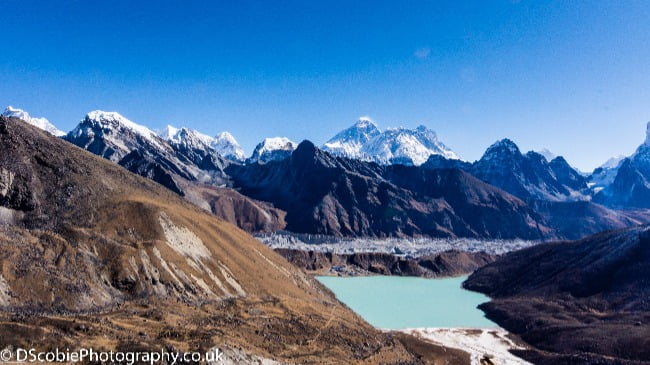
The risks posed by GLOFs have received inadequate attention amongst governments / communities / development actors in the Himalayan region and the need for a holistic GLOF risk reduction and preparedness strategy for these infrequent, though highly devastating and potentially catastrophic disasters has not crystallised.
Primarily, a structural and geo-technical engineered solution oriented approach has been adopted with insufficient acknowledgement of the potential for developing sociological or community-based risk reduction approaches to better prepare vulnerable communities in the region. Construction of channels for gradual and regulated discharge of water from glacial lakes and compiling inventories of glaciers and glacial lakes using GIS and remote sensing has been the traditional response.
Non-structural risk reduction measures such as appropriate early warning systems, awareness raising, coordinated preparedness and land use planning need to be developed and converted into actionable practice in areas affected by GLOFs.
The GLOF Project adopted a regional approach with a view to promote greater regional cooperation amongst countries in the region for developing coordinated strategies to reduce/mitigate the impact of such events and to facilitate cross-learning among institutions and agencies in both the government as well as academic or community domain. It endeavoured to harness global practices and knowledge and factor the same into regional, national and local approaches for GLOF risk mitigation.
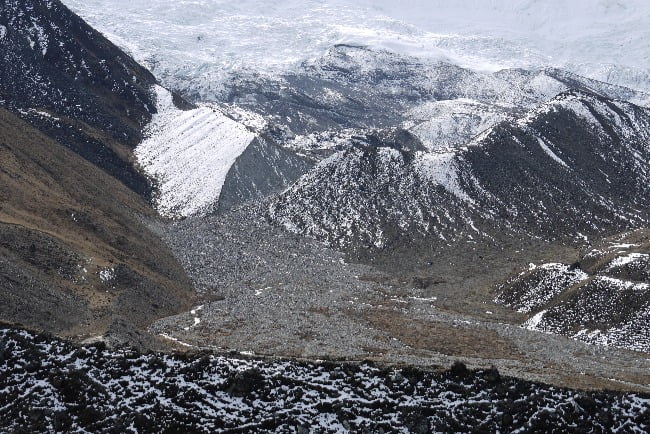
Moreover, the knowledge, expertise and experience generated through studies/research are largely dispersed across various technical, academic or research institutions. To date insufficient efforts have been made towards creating a common platform for transferring this knowledge in a synthesized manner for experts and practitioners from the fields of climate change, disaster risk reduction, land use and development planning as well as civil society to share information/knowledge on GLOF risks. Efforts were made to ‘virtually’ bring together and network practitioners from these diverse practice areas through a common national platform, and connect the same to a regional network.
The project also helped harmonize non-structural approaches to GLOF risk reduction and preparedness (especially community-based strategies) with current approaches which focus on structural mitigation. Efforts were made to adopt a synergistic approach by linking the GLOF project with initiatives currently under implementation by regional institutions and national/international organizations, and by promoting holistic GLOF risk mitigation approaches through upstream-downstream linkages. via WayBack Machine
Experiences of previous GLOF events or similar natural hazards indicates that these incidents also involve sensitive and delicate trans-boundary issues requiring greater cooperation between countries in the region in terms of monitoring, sharing data and disseminating timely warnings to countries downstream. Satellite observation indicates that glacial lakes in one country have the potential to cause considerable devastation in neighbouring Himalayan countries, including the countries in river plains. As a result this necessitates greater coordination between countries in the region in terms of developing risk mitigation and preparedness strategies.
The experience and learning derived from the project activities would support the national governments, partner institutions and UNDP Country Offices in developing strategies/projects addressing the risks emanating from GLOFs.
Biogas Innovators Take Centre Stage: The World Biogas Awards 2024
Since 2011, a prestigious ceremony has been quietly moving the world on a path back to sustainability – not with flashy gadgets or social media trends, but with something far more fundamental: biogas innovation. The annual AD and Biogas Industry Awards, held in Birmingham, UK, celebrate the brilliance behind this renewable energy source, recognizing the […]
Climate Change Management Strategies: A Comprehensive Guide
Climate change poses significant challenges to the planet and its inhabitants. To address these challenges, it is essential to adopt comprehensive climate change management strategies. These strategies aim to mitigate greenhouse gas emissions, adapt to the impacts of climate change, and build resilience to future climate-related risks. Purpose of Climate Change Management Strategies The purpose […]
Efficient Conversion of Sewage to Biogas: Advancing Waste Treatment for Sustainable Energy Generation
Read on to learn about advancing foul waste treatment, for sustainable energy generation through the efficient conversion of sewage solids to biogas. When we talk about waste, it can seem like a dirty subject. But what if we could turn that waste into something useful? Imagine the mucky water and sludge from our toilets and […]
The Importance of Carbon Removals in Achieving Net Zero
Carbon removals being the opposite of carbon emissions will be a significant contributor to the effort to reduce the worst effects of climate change and global warming. While reducing emissions is crucial, it is not enough to achieve the goal of net zero by 2050. Active removal of carbon from the atmosphere is necessary. Of […]





